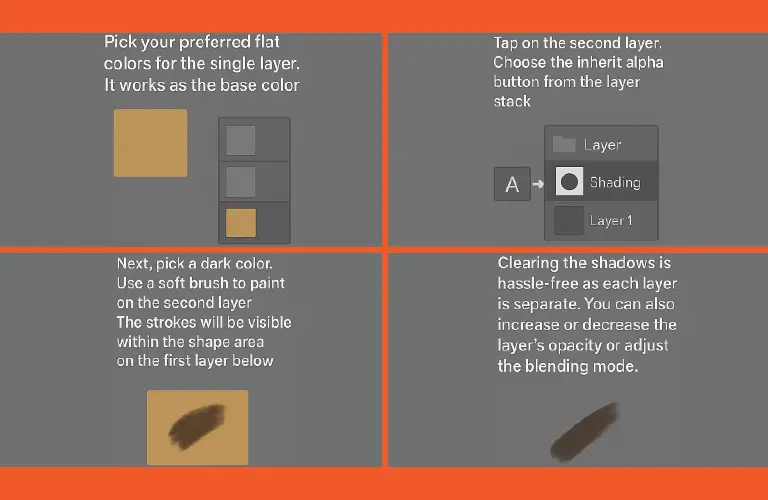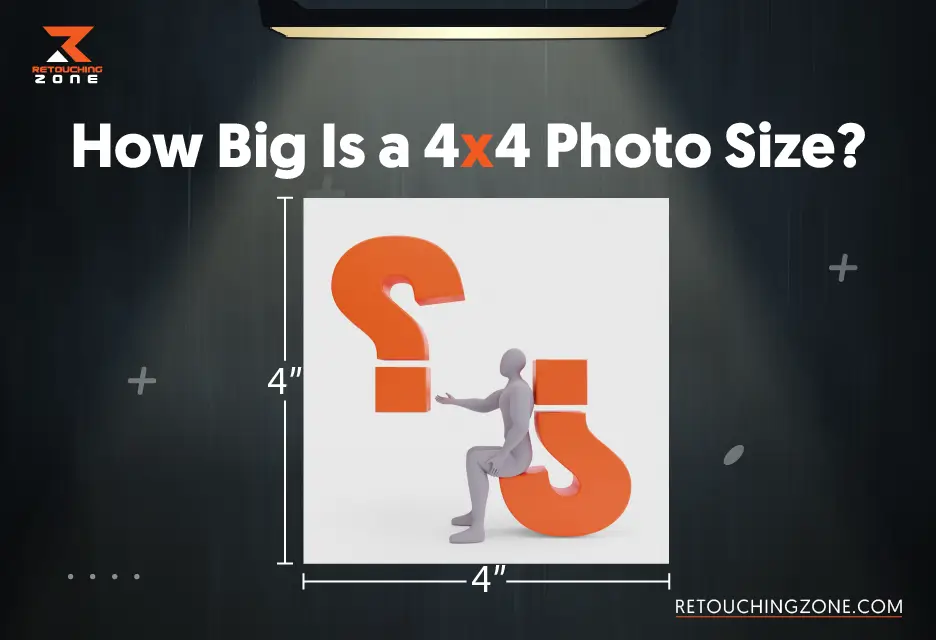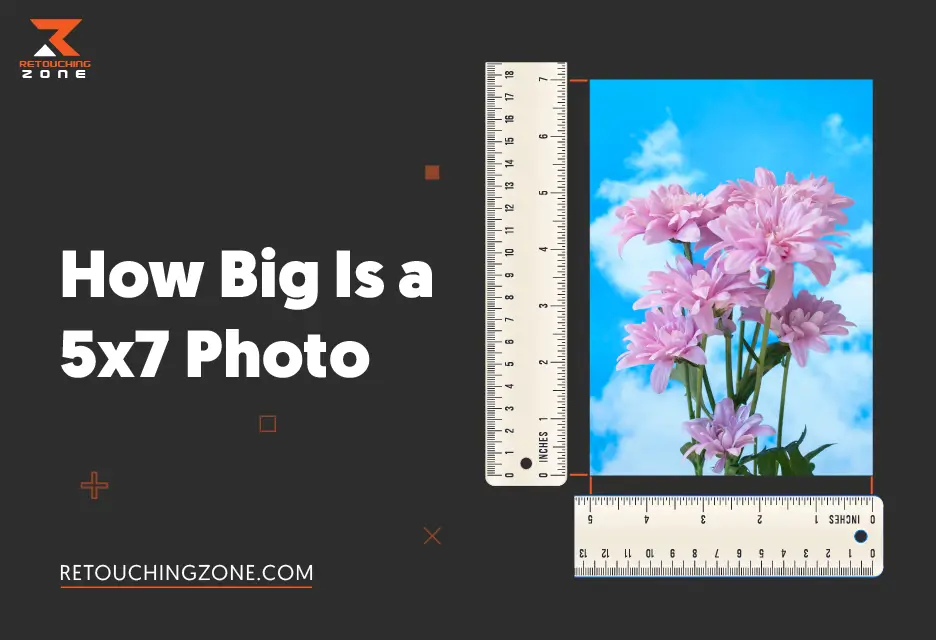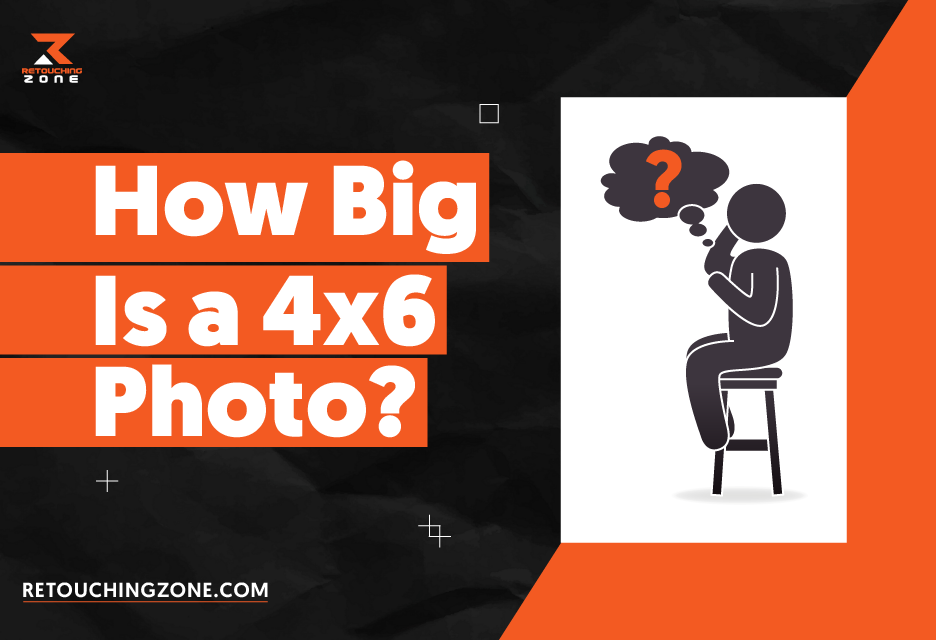A graphic designer knows how unwanted color bleeding or overlaps can ruin a digital image or illustration. You must learn how to control your paint or graphics appropriately to achieve a cleaner, well-defined final result. Clipping masks and alpha inheritance in Krita are the two powerful tools that can help you for this purpose. These features allow you to maintain a nice little edge and keep your painting contained inside the lines. They work like a digital version of masking tape. This article will give you an overview of what these two tools are and how they differ from each other.
What Are Clipping Masks?
A clipping mask is a group of layers where you apply a mask to control the visibility of a layer depending on the contents of another layer. With this powerful tool, you can link two layers together.
How does it work?
- Move to the Layers Panel section, create a new layer.
- Then, fill the layer with color, an image, or even text.
- Next, create a layer right above the original layer. You can select a photo, any object, or shape, or adjust a layer in Photoshop.
- To make the top layer a clipping mask, tap on the layer and drag it below to create a clipping mask.
- Now, the upper layer will be visible only where the layer below it is visible. You can do this as many times as you want with many different layers.
Common Use Cases:
- Blending multiple images
- Adding textures to particular areas of an image
- Creating unique visual elements
- Finer details like hair or transparent elements
What Is Alpha Inheritance?
Alpha inheritance, also known as clipping masks in Photoshop. It is a Krita feature that allows drawing only on existing pixels within a specific area of an image.
You don’t need two separate layers. It uses the existing transparency of one layer to act like a mask.
How does it work?
- Create a layer by pressing the Insert key.
- Navigate to the menu bar and select Settings. Choose Dockers from the dropdown lists.
- Tick the “Layers” option. The list of all the layers will be visible. If you want to create any further layers, tap on the plus icon at the bottom of the Layers docker.
- Press Shift+Ctrl/CMD+G to automatically create a Krita clipping group.
- Tap on the “inherit alpha” icon to mark the layer.
- Try to paint something. The paint will only affect the inside of the particular area or shop. It won’t go outside it.
Common Use Cases:
- Creating Complex Patterns
- Adding dramatic rim light effects
- Changing the color of line arts
- Shading and applying designs
Clipping Masks vs. Alpha Inheritance
| Specifications | Clipping Masks | Alpha Inheritance |
| Number of Layers | Requires two layers | Can work with one layer |
| Visibility Control | Based on the bottom layer’s shape | Based on the transparency of the same layer |
| Editing Workflow | Non-destructive | Destructive |
| Flexibility | More control over layering | Faster for small adjustments |
| Layer Adjustment | Easy to adjust only one specific layer | Adjustment affects the entire layer |
| Layer Structure | more organized | Simpler |
| Blending Modes | Separate mode for each clipping layer | A brush is used for blending |
| Common Use | Texturing, image fills | Painting details, shading |
Number of Layers
A clipping mask requires at least two layers to apply masking. One layer works as the mask. It determines the visibility of the boundary. One or several layers are clipped to mask.
In contrast, Alpha Inheritance allows you to work in a single layer. You can color or change anything inside the current pixels of that layer. It won’t affect the transparent (alpha) areas.
Visibility Control
In a clipping mask, the shape and transparency of the bottommost layer or base layer define the visibility of the top layer. It controls how much of the areas will be visible of other layers relative to a base layer.
On the other hand, Alpha Inheritance in Krita works as an automated transparency mask. A particular layer with its current pixel transparency determines the visibility of the layer.
Editing Workflow
In clipping masks, you keep the original pixels unchanged. Editing the image or layer won’t affect the original image’s pixels. You can work on the base layer independently.
For Alpha Inheritance, you paint directly over the original image’s pixels using a brush stroke on the specific layer. Changing to a new color or adding any shading will affect the original pixels on the particular layer.
Flexibility
Clipping masks provide higher flexibility as the content and the mask don’t mix up. The base layer remains intact while you adjust or experiment with the design.
As you work in the same layer in Alpha Inheritance, it enables you to make a quick adjustment within the same layer.
Layer Adjustment
A base layer can have multiple adjustment layers. Clipping a one adjustment layer in a particular base layer will not affect the other layers inside the group. This is especially effective for making better color or tonal corrections.
On the other hand, adjusting the layer affects other existing elements in the same layer in Alpha Lock. After all, you are using the same layer to edit your image.
Layer Structure
A single base layer can have several stacked clipping masks. You can set clipping masks for all layers above the base layer. It is especially effective for multiple adjustments like textures, lighting, color grading, etc.
In Alpha Inheritance, you paint or draw on a portion of specific areas of a layer that already have color. Hence, the same layer can be used for shading or adding details. This comes in handy to maintain the project simple as you handle fewer layers.
Blending Modes
You can keep a separate blending mode for each clipping mask. It enables you to place masks and content on the same layer. This is especially helpful for more nuanced and complex effects.
For Alpha Inheritance, the blend mode will interact with the current image’s pixels. It is not possible to have several independent blending modes for different effects on the same locked layer.
Common Use
Clipping masks are widely used for filling shapes with images or patterns, applying broad textures, creating complex composites, etc.
Alpha Inheritance is an excellent choice for painting details like shading and highlights, changing colors, painting line arts, etc.
How to Use Alpha Inheritance for Creating Base Shapes?
- Select a gray or dark color for the background layer. A white background may distract the shading.
- Navigate to the toolbar and select the particular selection tool based on your preference.
- If you want to create a base shape, like a ball, choose the elliptical or circle selection tool on a new layer. Or simply press the J key.
- Press and hold the Shift button and drag the mouse carefully to create a round circle. Press the control button to draw a circle from the center area.
- Pick a slightly gray color and use the paint bucket tool or paintbrush to fill the particular area.
- If you want to add a ground shadow, create a new layer below the primary object layer and add a name like “shadow.”
- Choose a particular selection tool based on what kind of shadow shape you prefer.
- Then, fill the shadow with the same gray color. If you want to deselect anything, press the “Ctrl + Shift + A” key.
How To Use Alpha Inheritance For Shading In Krita?
- Pick your preferred flat colors for the single layer. It works as the base color.
- Make another layer. Place it above the previous layer. Rename it to “Shading.”
- Tap on the second layer. Choose the inherit alpha button from the layer stack. The symbol looks like the English letter “A.”
- Next, pick a dark color. Use a soft brush to paint on the second layer. The strokes will be visible with the shape area on the first layer below.
- Clearing the shadows is hassle-free as each layer is separate. You can also increase or decrease the layer’s opacity or adjust the blending mode. It will keep the original flat colors intact.
How to Use Alpha Inheritance with Layer Groups for Designs In Krita?
- To add designs or colors on a new layer while still restricting them to a base shape, group the layers together.
- Select both the base layer and the new detail layer, then press Ctrl + G to create a group.
- Apply the alpha inheritance setting to the new detail layer within the group.
- This will clip the new layer’s content to the boundaries of all layers beneath it within that specific group.
- Glowing effects must cover the outside of the object. Turn off alpha inheritance on the glow layer.
- Adjust the layer in a blend mode, such as color dodge, to improve the glow effects.
FAQs on Clipping Masks and Alpha Inheritance
Which is better for texture and pattern overlays: lipping masks or Alpha Inheritance?
Clipping masks are better for applying texture and pattern overlays as you can use a non-destructive technique.
Are clipping masks or Alpha Inheritance more layer-efficient?
Alpha Inheritance is more layer-efficient as you can apply multiple edits to a single layer. This reduces the hassles of creating too many layers.
How do Clipping Masks and Alpha Inheritance affect the original pixels?
Clipping Masks don’t affect the original pixels, as you use a separate layer to apply effects. But Alpha Inheritance directly edits the original pixels as you use the same layer for editing, adding, or changing various elements.
Should you choose Clipping Mask or Alpha Inheritance for shading?
For fast, direct shading on a single layer, Alpha Inheritance is the best choice. But if you need more control over each element of the image pixels, Clipping masks are better.
When clipping masks are not a better choice?
Images or objects that need to extend beyond the base shape, such as an outer glow or a drop shadow, don’t need clipping masks.
Conclusion
Clipping Masks and Alpha Inheritance are both good professional layer management. Whether you are using Photoshop or Krita, the key is creating clean, complex, and easily editable designs in your digital art. Non-destructive techniques are especially helpful for applying textures, patterns, and shading. It protects the original image’s pixels. However, Alpha Inheritance in Krita is also okay to use if you are okay with destructive editing techniques.
